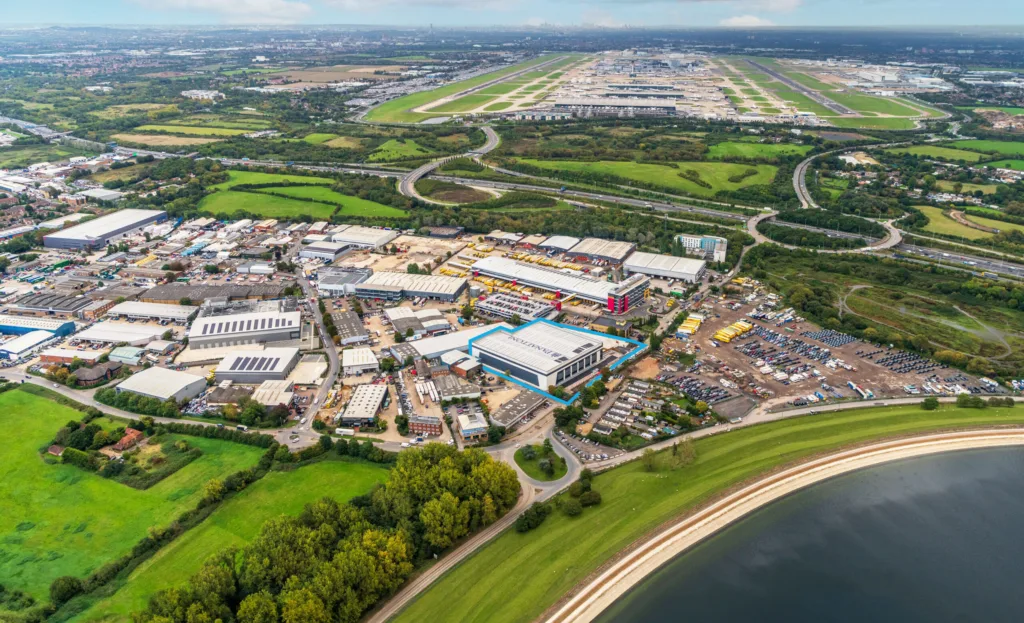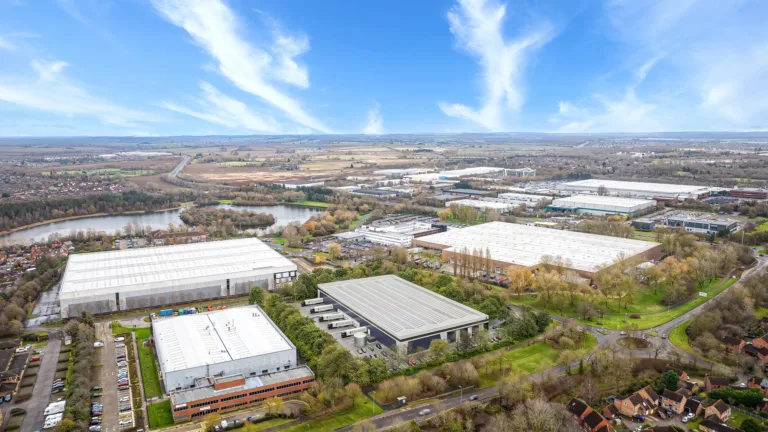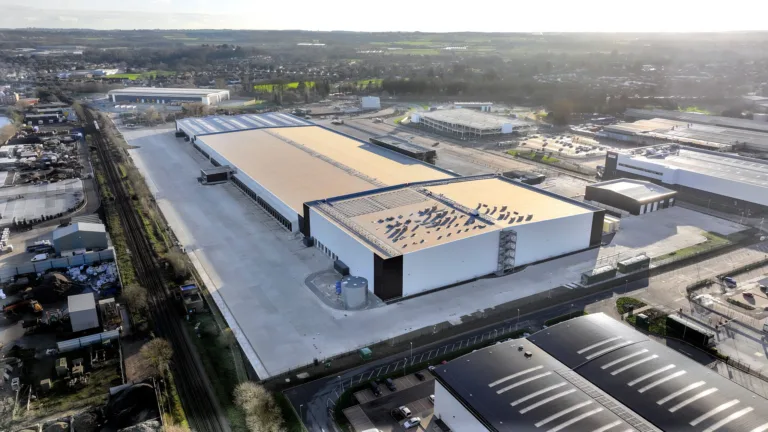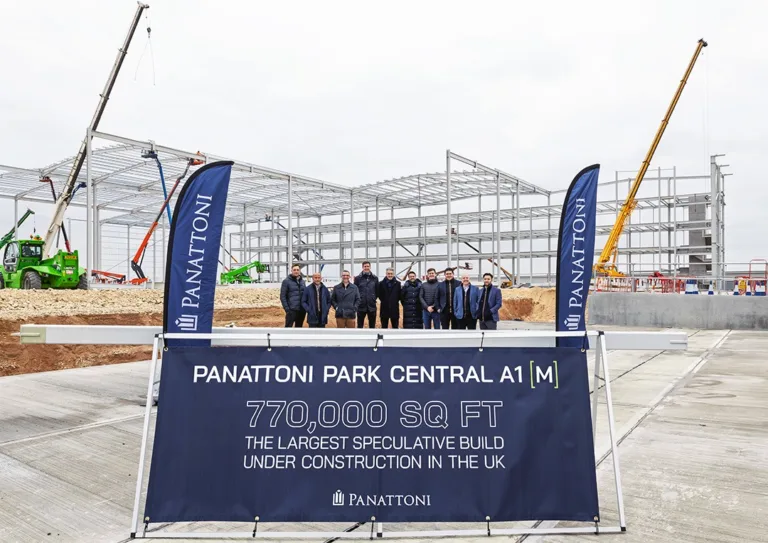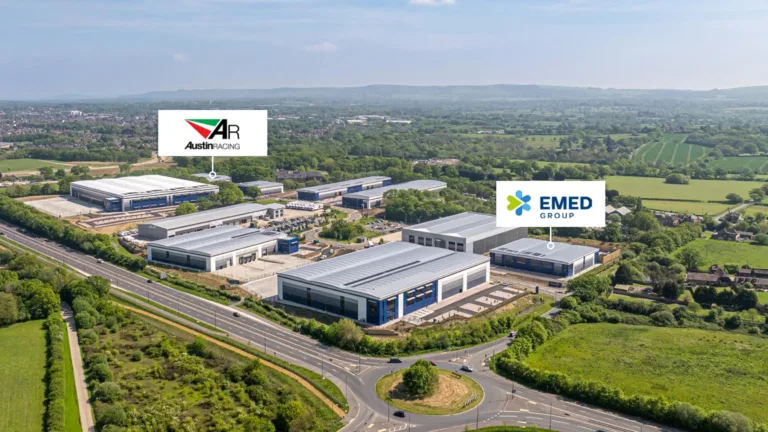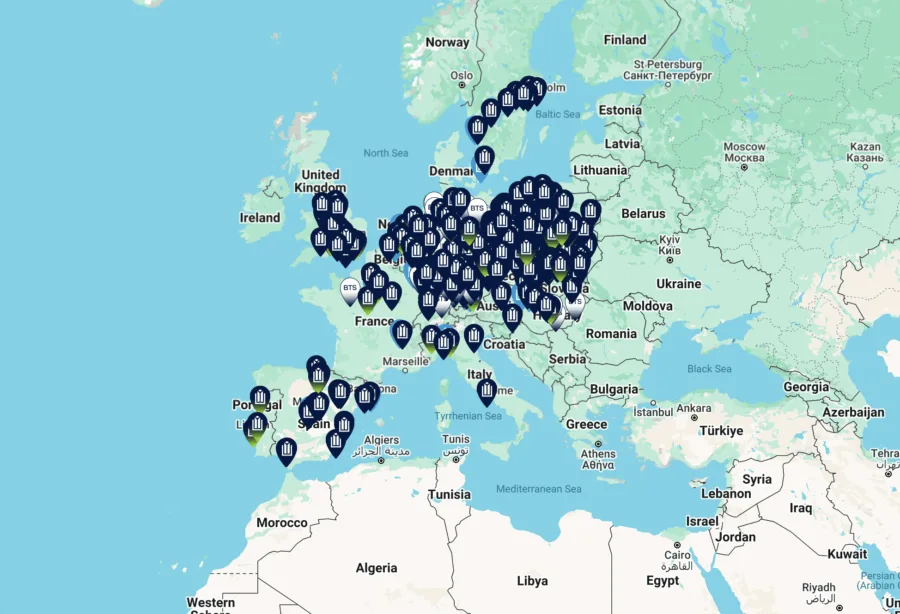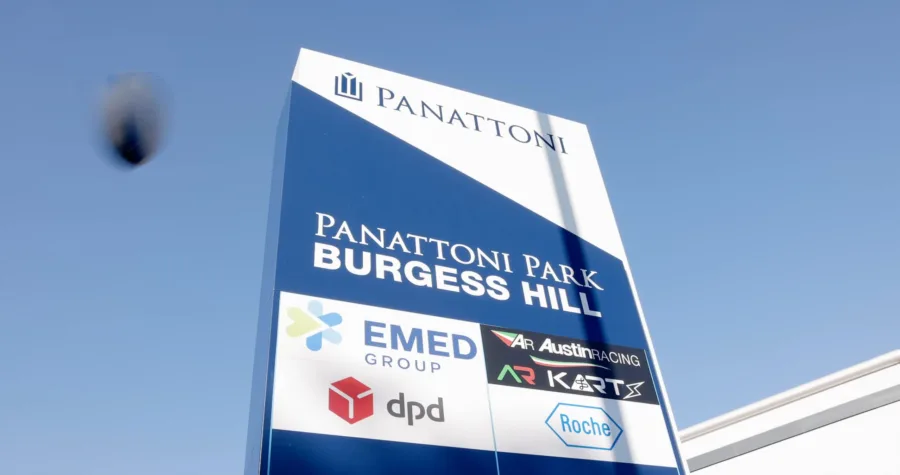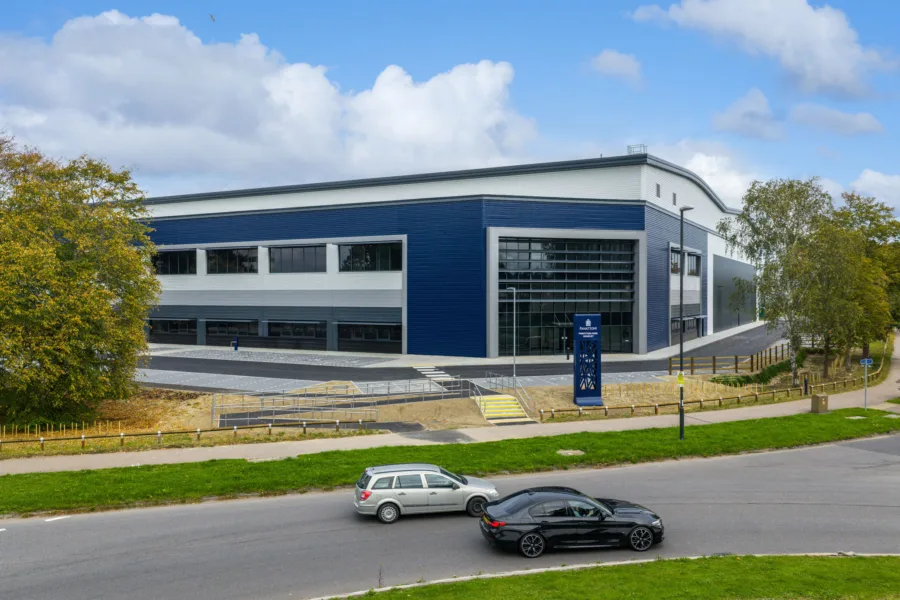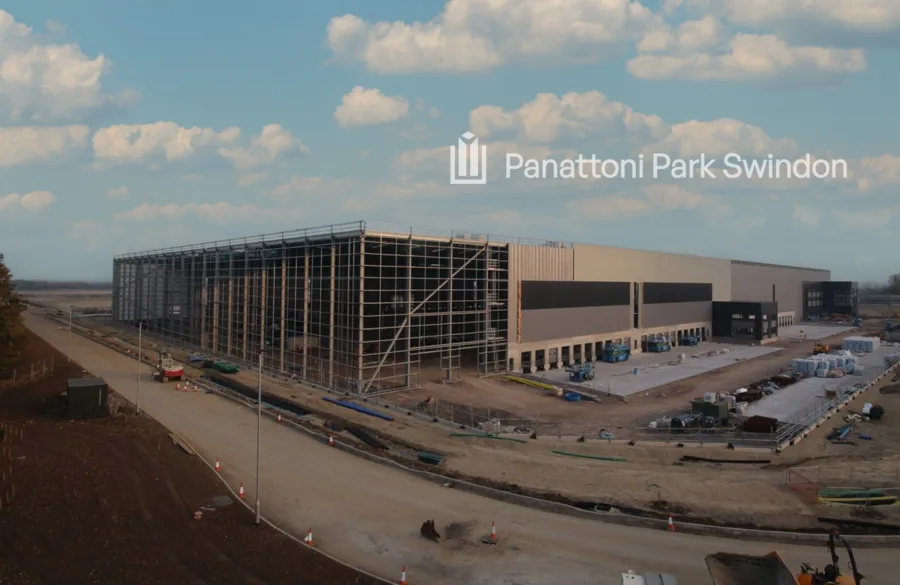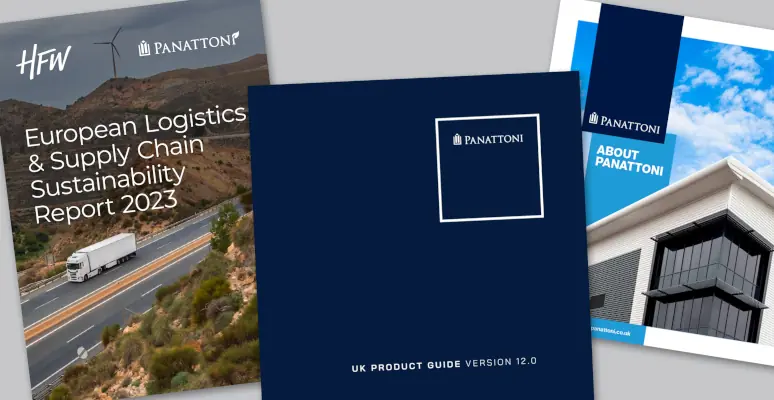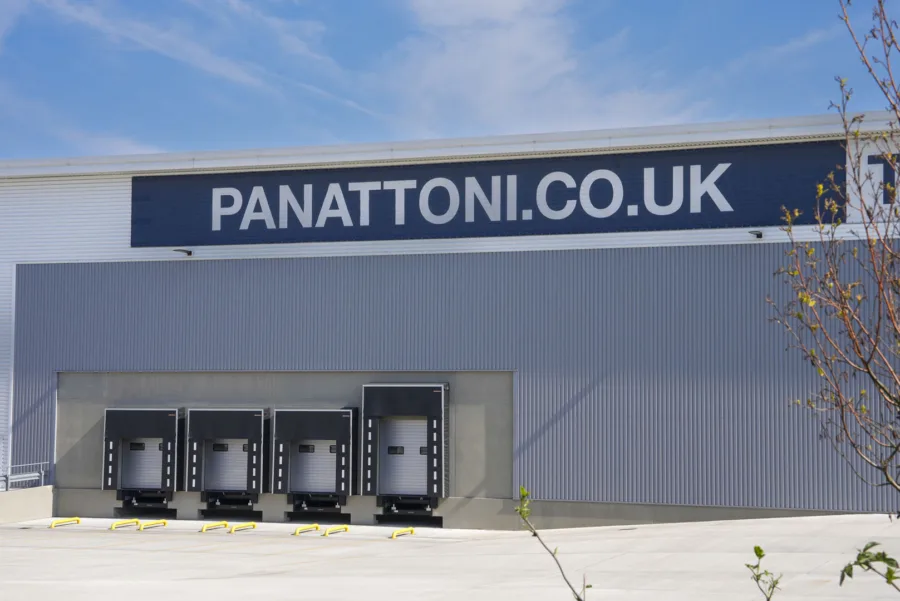Newsroom
Stay up-to-date with the most recent developments from Panattoni UK, the biggest speculative developer in the country
Panattoni completes strategic freehold sale of Poyle 80 to Davies Turner
Panattoni has completed the freehold sale of Poyle 80 to Davies Turner the leading worldwide logistics and freight forwarding solutions provider.
Read the article
Recent Posts
February 24, 2025
Panattoni completes state-of-the-art facility for Tesco
February 14, 2025
Panattoni hits milestone at UK’s largest speculative warehouse project
January 27, 2025
Success continues at next letting at Panattoni Park Burgess Hill
Media Hub
Our latest projects, news articles, social media posts, media enquiries, videos and downloads

